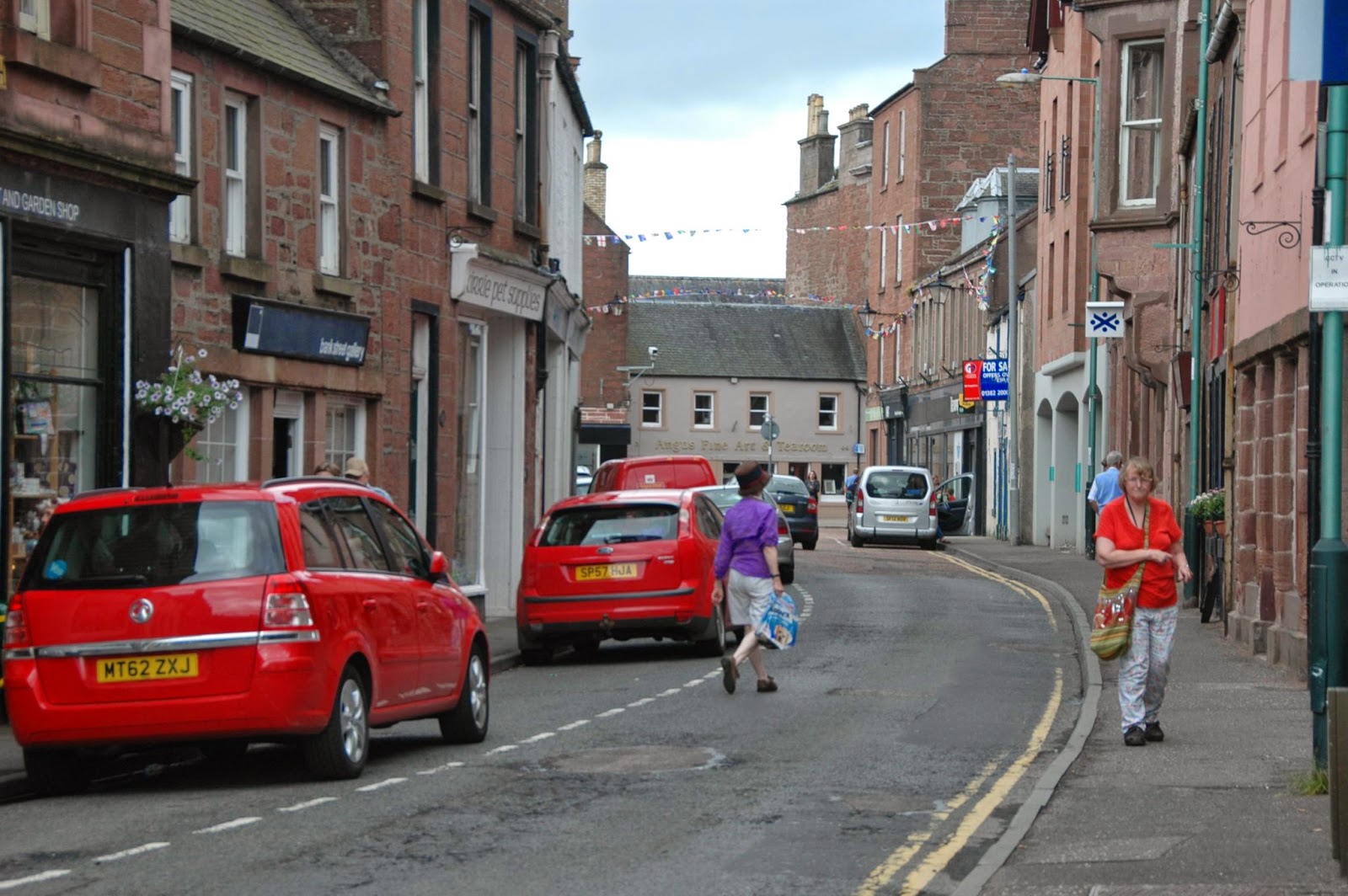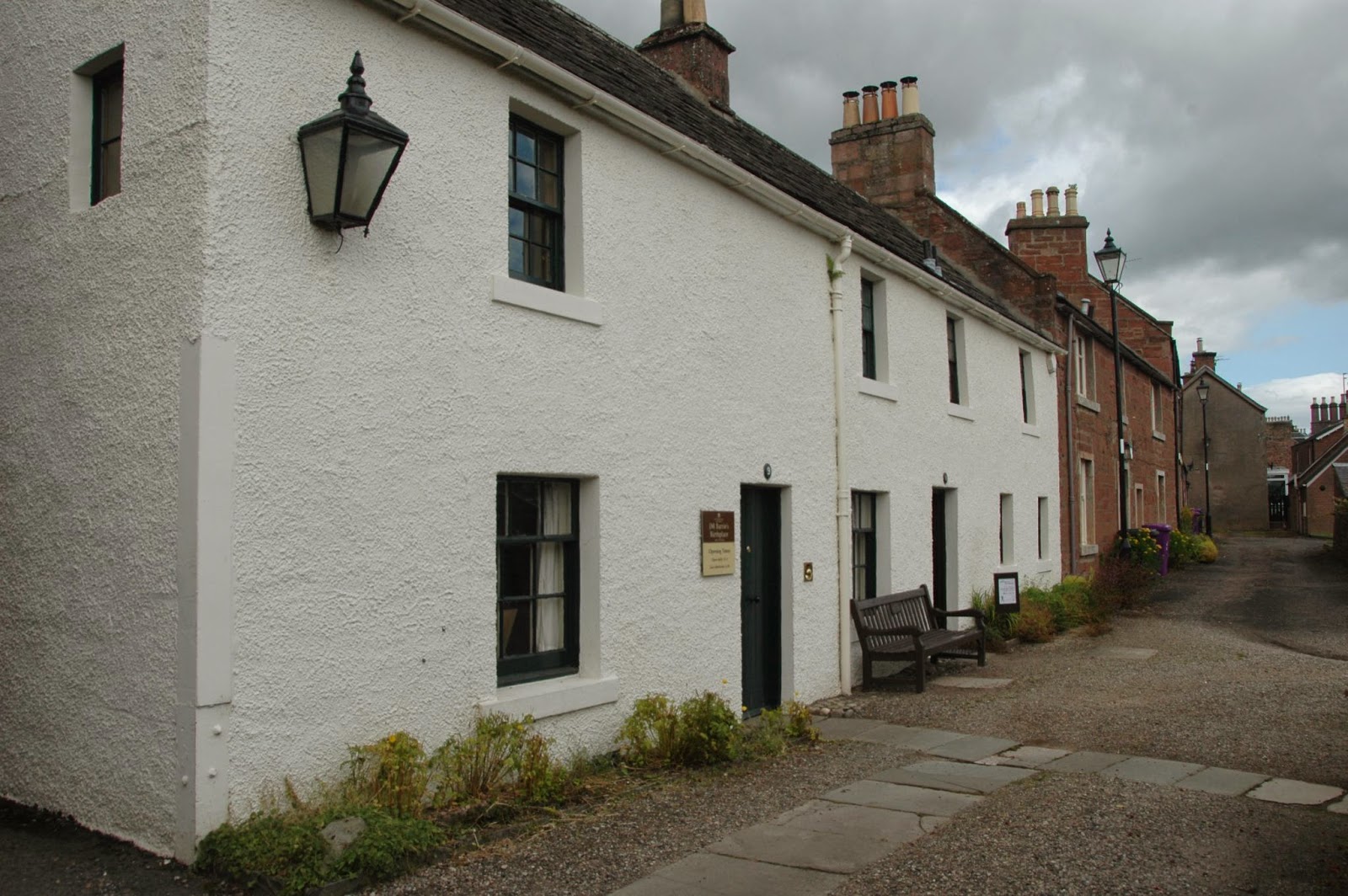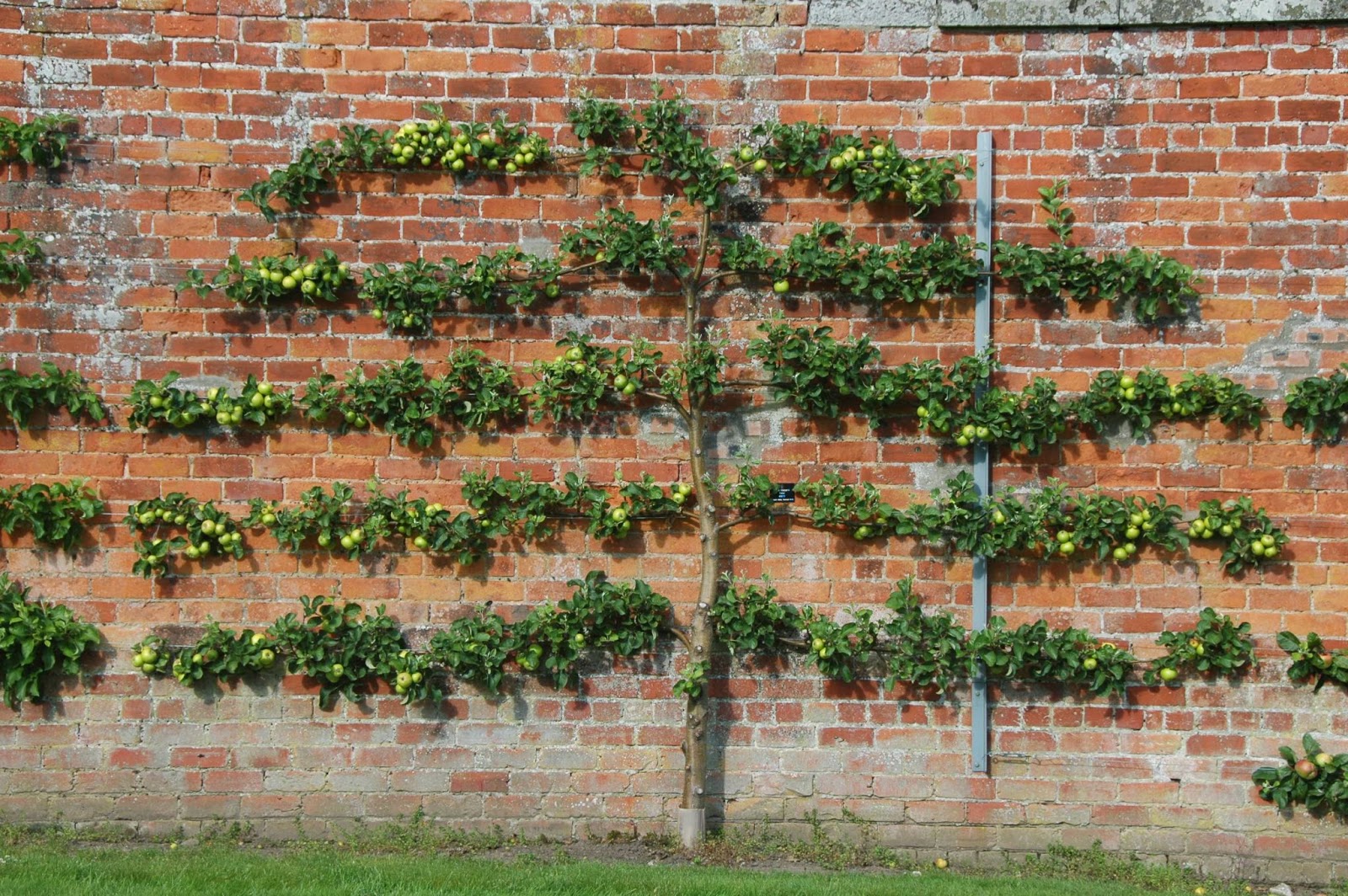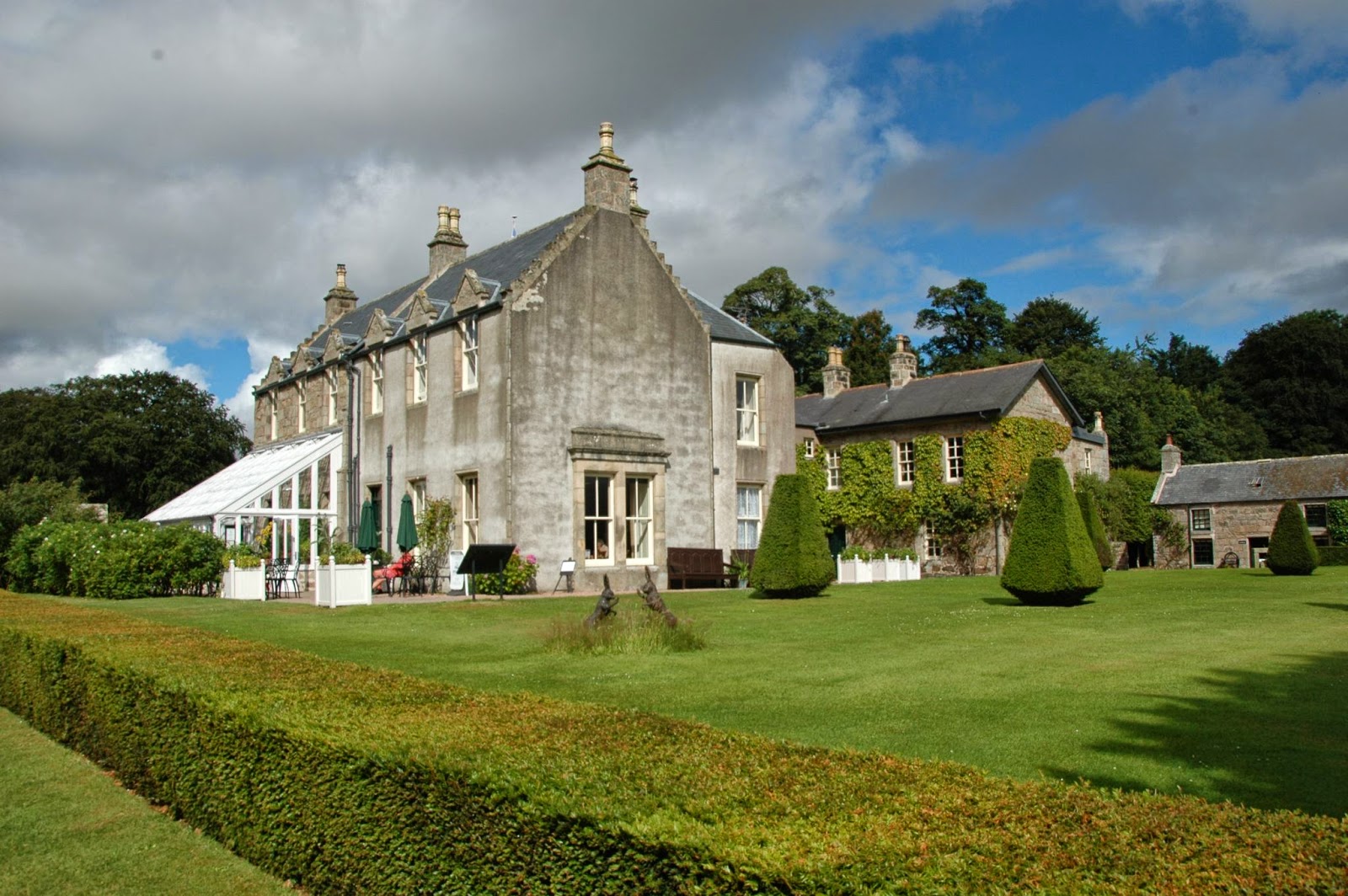Today was Dundee's turn. We drove to a retail park quite near the city centre, which gave us 4 hours parking. We walked in to Discovery Point, which was supposed to be the main tourist information centre (it wasn't, but they helped us anyway), but which was a major exhibition centre relating to Captain Robert Falcon Scott and (primarily) his first expedition to the Antarctic in 1901-1904. The real hero of the expedition was the ship, RRS Discovery (RRS: Royal Research Ship). The ship was built in Dundee, and performed perfectly. Even when it was trapped in pack ice, it was not crushed, and was ultimately able to be freed to sail home.
Scott is perhaps better known for his failed second expedition to the Antarctic, where he and his team were beaten in a race to the South Pole by the Norwegian Raoul Amundsen, and on the return trek perished, after an 800 mile journey, 11 miles short of a cache of supplies that would have saved them. It's intriguing how we have a fascination with heroic failures — Scott of the Antarctic, Burke and Wills, William Wallace, even Bonnie Prince Charlie.
Warren has a greater interest in Antarctic explorers than most, because one of his fellow students — about 50 years his senior! — while he was studying linguistics was Alf Howard, who was a geologist on the 1926 Mawson expedition to the Antarctic! Alf (sadly, no longer with us) was a phenomenon — but that's another story!
But the Discovery is a beautiful craft. She was built of wood, but with special engineering to allow her to withstand the rigours of the Antarctic ice-pack. There are multiple layers of different types of wood, running in different directions, to give her incredible strength. She is a combined steam and sail craft, typical of the time. She has a triple expansion engine, an ingenious design which gave maximum power for the energy expended.
The scientific work carried out on Scott's first expedition was exemplary. The geology reports, for example, may have been modified by subsequent research, but are still basically the bible for the geology of Antarctica. They have even provided important data for the development of the theory of plate tectonics, now basic to geological science
We spent an hour or so exploring the craft, lying at anchor at Discovery Point in Dundee. Although she looks comfortable here, one can only imagine the rigours when the temperature outside is getting down to -90C
After satisfying our Antarctic curiosity, Warren took a couple of photos of the nearby Tay railway bridge, the subject of an execrable poem by William McGonagall, arguably the worst poet in the English language. Then we set our compass (actually, our Garmin) for Stirling, and the Battle of Bannockburn site, which we hope to explore tomorrow.
The Tay Railway Bridge
We stopped off on a layby well off the A9, leaving ourselves about 15 miles to go tomorrow morning — with another Turner landscape as our view for the evening!
Distance driven — today, 48 miles ( 77 km ); to date, 5,331 miles ( 8,580 km )

























































